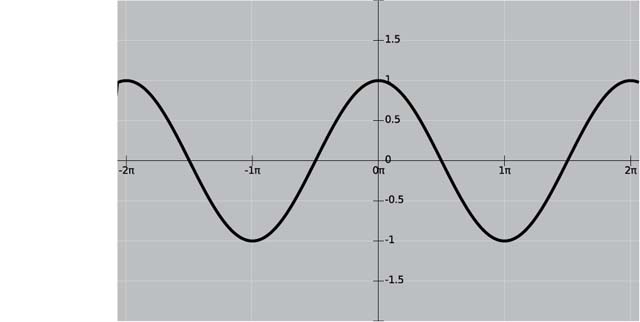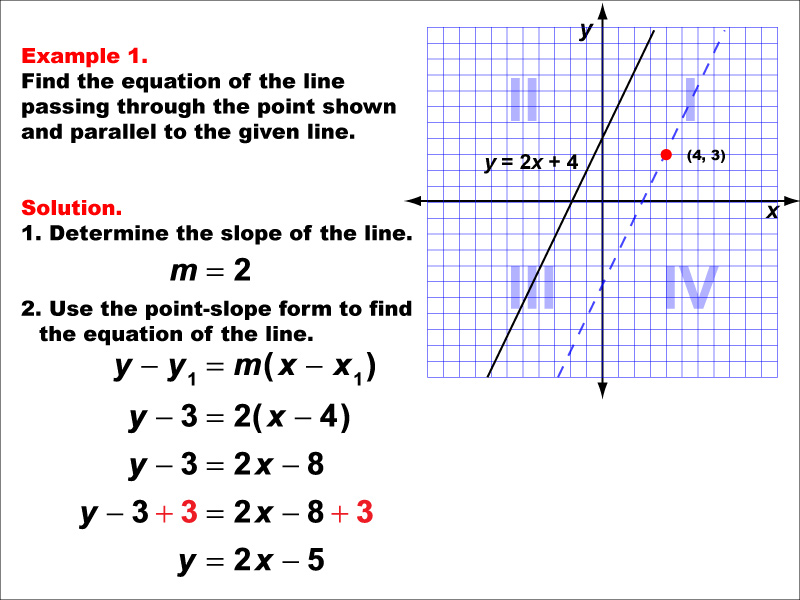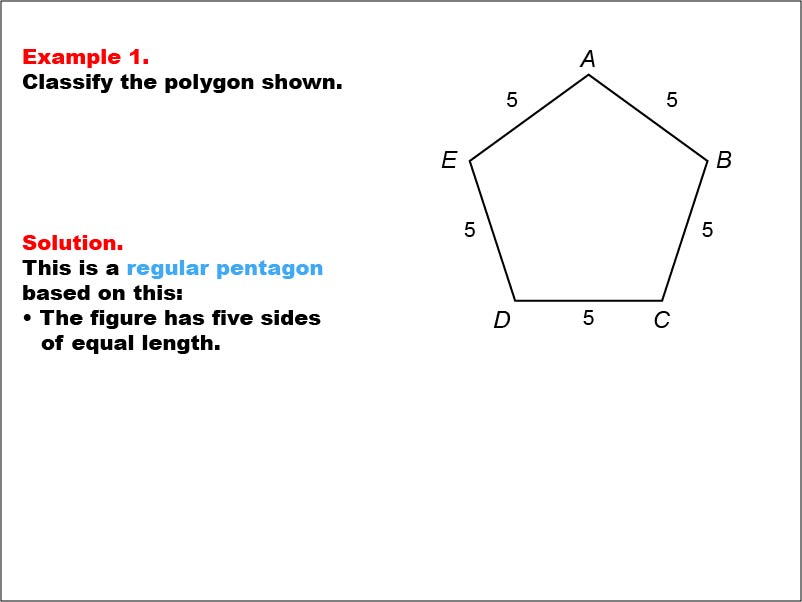Input a Key Word
Search Results...
Showing 121 - 130 of 2682 results
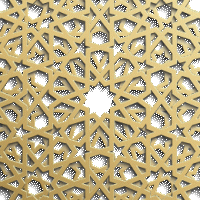
$3.99
Regular Polygons
In this module, students explore the properties of regular polygons and use their skills to construct tile patterns. Students learn about Arabesque tile patterns found throughout the Middle East. These tile patterns are based on Euclidean geometric principles.
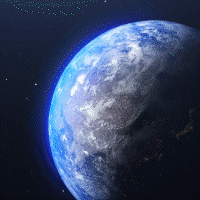
$3.99
Isosceles Triangles
In this lesson students explore and use the properties of isosceles triangles to solve real world problems. After learning the basics of isosceles triangles they apply what they learn to the structure of the Eiffel Tower. In particular, they learn about triangular trusses.
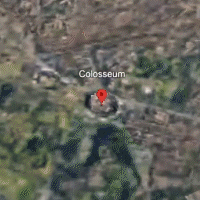
$3.99
Circular Structures
In this lesson students will use their basic understanding of circles to learn how circular structures are built. The example shown is that of the Roman Colosseum. Students will construct an oval shape from circular arcs to simulate the elliptical shape of the Roman Colosseum.

$3.99
Applications of Linear Functions: Circumference vs. Diameter
As the size of a circle changes, so does the size of the diameter and that of the circumference. In fact, there is a linear relationship between these two measures. This relationship can be modeled with a linear function. In this module students will study this linear function and examine its properties, including the fact that the slope of this function is π itself.

$3.99
Why Do Elephants Have Wrinkled Skin?
Have you noticed how wrinkled an elephant's skin is? What purpose does it serve and what does math have to do with explaining this phenomenon? Well, the explanation for an elephant's wrinkled skin is almost entirely a math story.
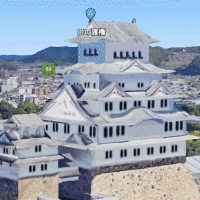
$3.99
Why Are Castles So Tall?
Why are castles so tall? In this module students explore indirect measurement by seeing how simple angle measure, height measurements, and tangent ratios can be used to calculate distances. The context of castles provides a historically relevant military purpose for the tallness of castles.
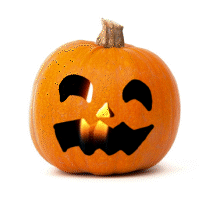
$3.99
Halloween Math Activities
Turn the Halloween season into an opportunity to do some math activities! In this module, you'll find a clever collection of arithmetic, algebra, and geometry activities. This module includes video, hands-on activities, and games.
